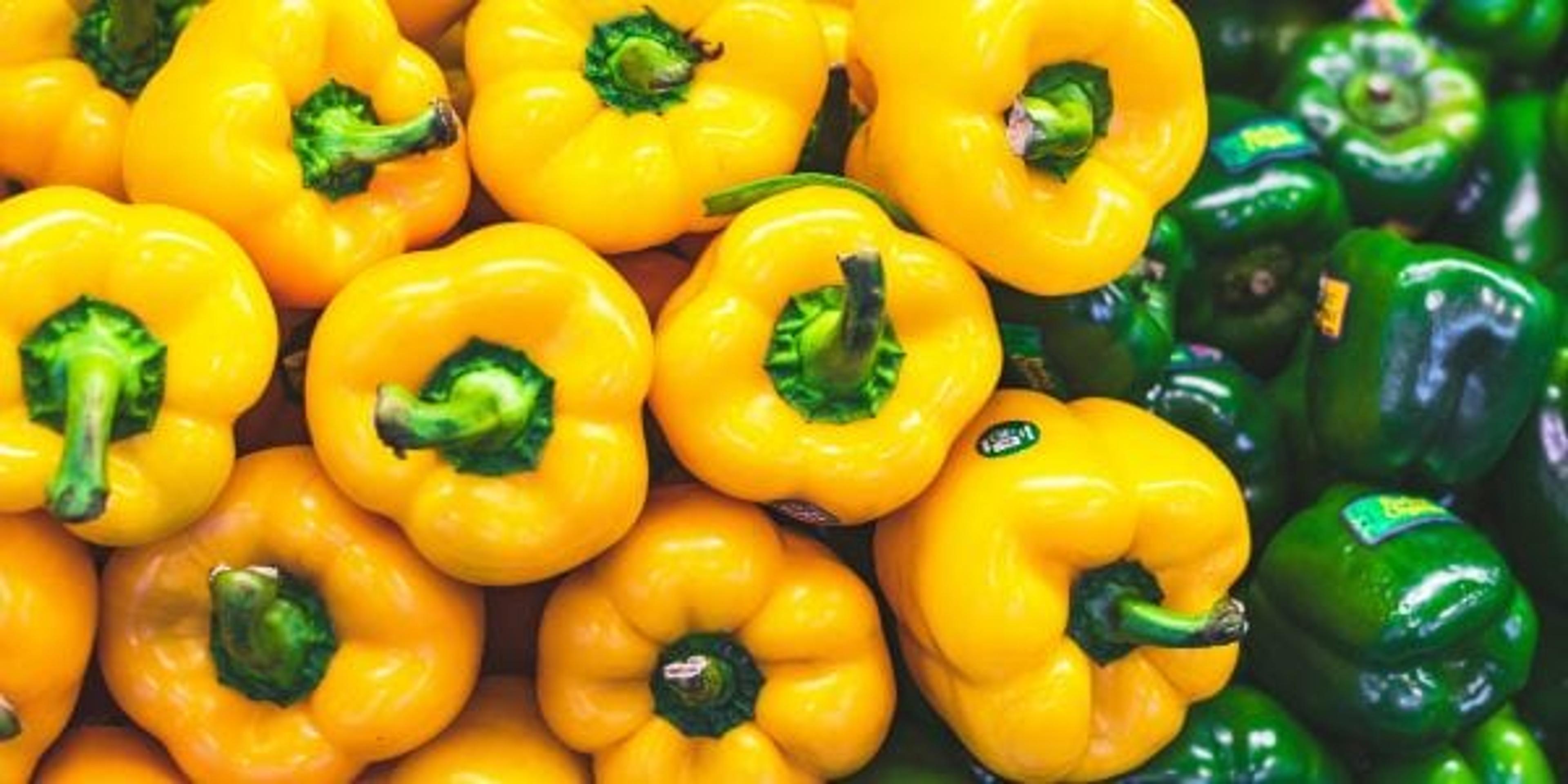Beyond locavore: 4 small changes in food-buying habits that make a big impact
Guest Blogger
| 3 min read

Do you know where the food on your plate came from? If you didn’t get it from your local butcher, baker, or farmers market, chances are it’s far from local.
You may be shocked to learn that your food travels an average of 1,500 miles before it arrives at your local grocery store. The time and distance it takes for your food to get to you and your family has some major impacts on the environment, your wallet and the nutritional value and flavor of the food itself.
You can single-handedly help reduce these major impacts by making a few small changes in your lifestyle. You don’t have to become a complete locavore — a person whose diet consists only, or primarily, of locally grown or produced foods — to help improve the environment, your local economy and the quality of your diet.
Here are a few small changes you could make to have a big positive impact:
- Buy from a local farmers market: Farmers markets have so much more than just fresh produce to offer. Many markets also have vendors who sell baked goods, honey, jams and jellies, cheese, meats, yogurt, milk and a wide variety of other products. Buying from a farmers market is not only a fun experience, but it also provides you a great opportunity to try new things. Many farmers love to offer samples and are more than happy to answer any questions when it comes to picking ready to use produce, cooking methods, and preservation methods as well.
- Be selective at your local grocery store: Many small stores, as well as major competitive corporations, carry local products. These items are often indicated with a sticker, label, or tag that usually says something along the lines of “Made in Michigan.” These may not be grown or produced right in your hometown, but supporting your own state is still better than paying for an item that has traveled across the country.
- Preserve your local produce: Farmers markets are great, but unfortunately they aren’t always available year round. Don’t fret! This doesn’t mean that you can’t enjoy the precious produce you purchased in the summer all year long. Preservation methods such as canning, drying and freezing can allow you to continue to eat locally even when fresh produce isn’t available.
- Eat out: How often do you hear those words? Yes, I’m actually encouraging you to eat out! No, I’m not talking about rushing out to a fast food chain or anything like that. Eating out at a local restaurant that uses produce and products from your local economy is like a double whammy of goodness.
Do you think that you could make even just one of these simple small changes? You don’t have to change everything all at once. After all, taking on too much at one time can be completely overwhelming and often leads to quitting all together. Even the smallest changes can have a big impact. So get out there and explore what your local economy has to offer!
This guest post is from Elizabeth Poisson, a recent graduate from Central Michigan University with a B.S. in Dietetics and Biomedical Sciences. Poisson has experienced firsthand the benefits of eating a nutritious diet and participating in regular exercise. She is working to become a registered dietitian.
If you enjoyed this article, take a look at these:
Photo Credit: Malcolm Garret from Pexels





